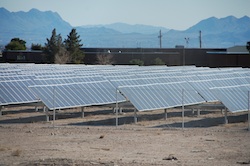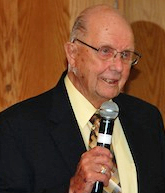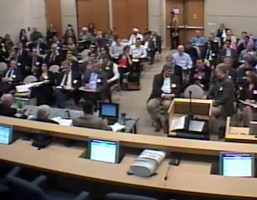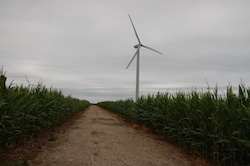Solar power generation operations led the U.S. in the number of clean energy jobs announced in 2013. The nonpartisan business group Environmental Entrepreneurs (E2) says solar was the top sector of the 78,600 clean energy and clean transportation jobs last year with 21,600 jobs announced.
 “Our report makes it clear. When we invest in clean energy and clean transportation, we put people to work in every corner of the country. Whether it’s a new wind farm in Iowa, an energy efficiency retrofit in Massachusetts, or a utility-scale solar array in Nevada, these projects require American ingenuity and labor. The sector is helping stimulate our economy,” said E2 Executive Director Judith Albert.
“Our report makes it clear. When we invest in clean energy and clean transportation, we put people to work in every corner of the country. Whether it’s a new wind farm in Iowa, an energy efficiency retrofit in Massachusetts, or a utility-scale solar array in Nevada, these projects require American ingenuity and labor. The sector is helping stimulate our economy,” said E2 Executive Director Judith Albert.
“As a business owner, I see a strong need for long-term policies that can stimulate private investment in clean energy and energy efficiency. Businesses in this sector create jobs, save consumers money, and help our environment.
“But ongoing regulatory uncertainty takes a serious toll. Elected officials shouldn’t be holding back economic growth – they should be encouraging it,” said Geoff Chapin, CEO of Next Step Living, a Boston-based energy efficiency company.
California topped the overall list of jobs announced that also includes building efficiency and public transportation. A strong fourth quarter helped Texas finish second in the report.











